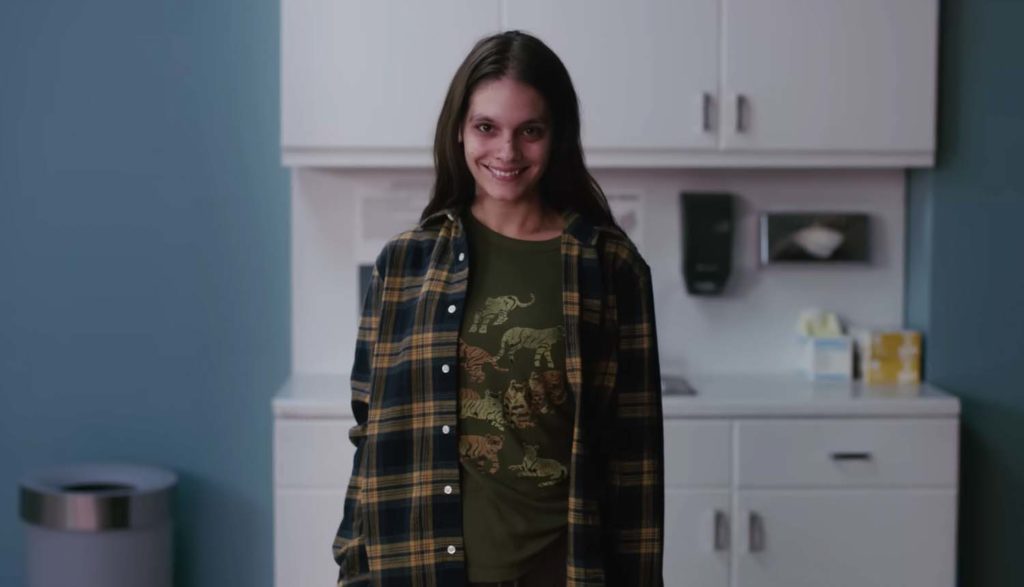Smile, the new horror movie from Paramount Pictures and director Parker Finn, follows the disturbing experiences of therapist Rose Cotter after watching a patient’s suicide. The lines between reality and imagination blur as she starts to get visions of her patient with a horrific smile. More strange occurrences begin happening, driving her to a constant state of anxiety, until she connects the dots between the seemingly haunted smiling people and faces her past traumas. Smile seems to be popular and well-liked amongst teenagers looking for a scare, like my friends and I, but critics complain that it has no lasting mark.
While I agree that there is nothing special about Smile— there are other horror movies with similar plots— the connotation of the word “smile” in the context of the movie is what makes it scary. Smiles are associated with happiness and pleasure, not horror and trauma. As humans, we know the joyful emotions associated with smiling and seeing smiles portrayed negatively scares us. The movie was paced well and had just enough jump scares to keep you on edge but not constantly jumping out of your seat. The jumpscares consisted of people, you guessed it, smiling with loud music— nothing original but still scary, nonetheless. I liked how the movie had a deeper plot and meaning of Rose forgiving her past and healing from her trauma. I won’t give any spoilers, but the chain of smile victims all have a similar connection and to trauma the apparent entity attaches itself to.
The movie is worth a watch if you enjoy horror movies, but if you’re an avid horror fanatic, you probably won’t be impressed with Smile. However, be warned of the movie’s trigger warnings and that there is no happy ending. The ending honestly did have me wide-eyed and jaw-dropped because just when I thought the nightmare Rose was living in had finally ended, it didn’t. While it wasn’t the scariest movie I’ve seen, I was uneasy at the sight of smiles after watching.
